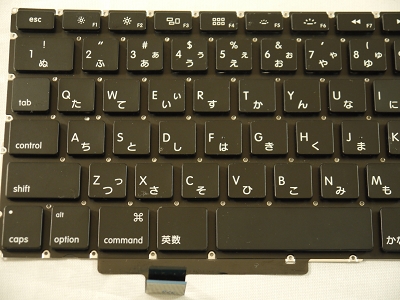

Colemak English layout Used by writers and programmers as a faster alternative to standard QWERTY. You can buy a laptop/desktop keyboard with this layout. Includes Cangjie, Dayi and Zhuyin symbols. Chinese layout Used in China, Taiwan, and Hong Kong. Personally, I have considered making the switch but in fact I do not think fast enough in Japanese so the limiting factor is not my typing speed. You most likely cant easily buy a laptop/desktop keyboard with this layout. To do so, go to Settings > General > Keyboard, then select Add a keyboard. Indeed, you could improve your typing speed and reduce key-misses (eg. Typing Japanese on a 12-Key Layout Enable the Japanese keyboard. Click/tap on Keyboard layout, and click/tap on Default, Small, Split, or Traditional. (see screenshot below) 3 Perform one of the following actions to select the touch keyboard layout you want: Click/tap on Handwriting. The 変換 key has the same behaviour as the space key on a regular keyboard, the space key allows to choose between hiragana and katakana version of a word, and 無変換, 半角/全角 do exactly what it should. 2 Click tap on the Settings (gear) icon in the upper-left corner of the touch keyboard.

To make use of that you will have to remap them to weird combinations like ctrl + key, which is not very convenient. You can use this disposition with all keyboards (you just have to specify kana-input in your IME) but if you look closely you will see that there are some extra keys that are not on a traditional keyboard: 無変換・変換・ひらがな カタカナ・半角/全角. Romaji-input is what you use all the time and kana-input allows you to directly input the kana printed on the keys.įrom what I have seen a lot of people tend to use the romaji-input even in Japan. You can use it in two modes: kana-input and romaji-input. Computers sold in Japan have a keyboard like the one below:


 0 kommentar(er)
0 kommentar(er)
